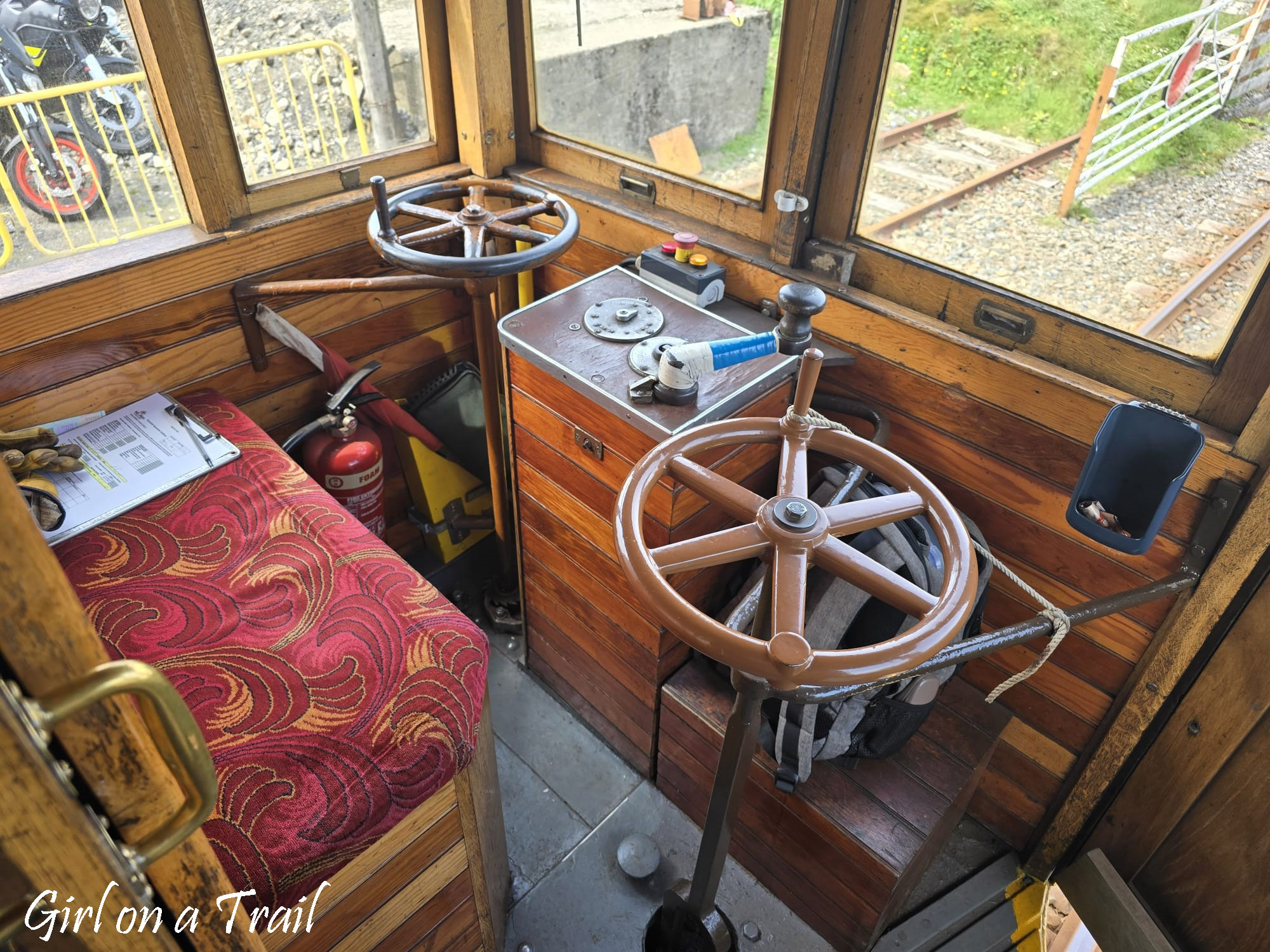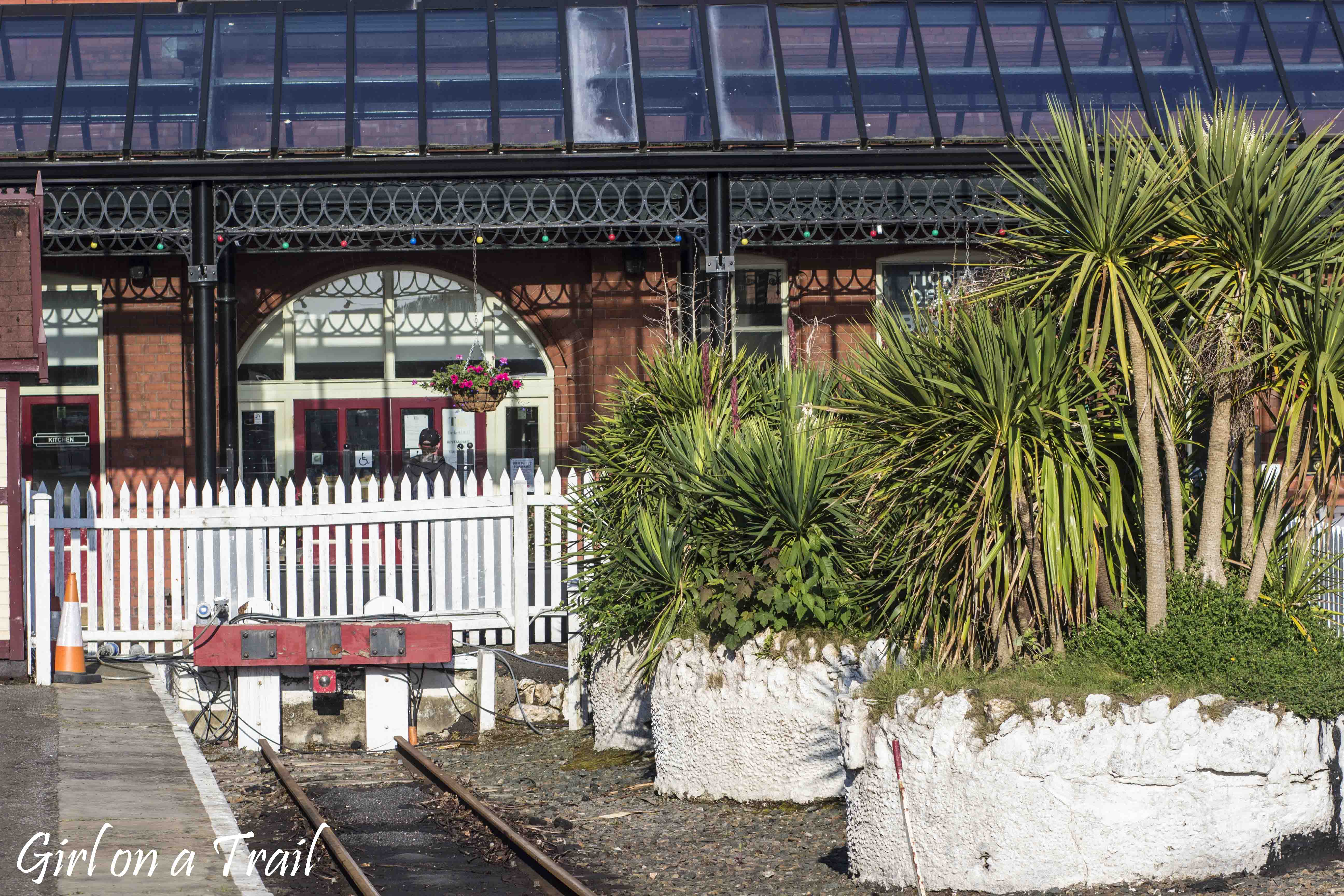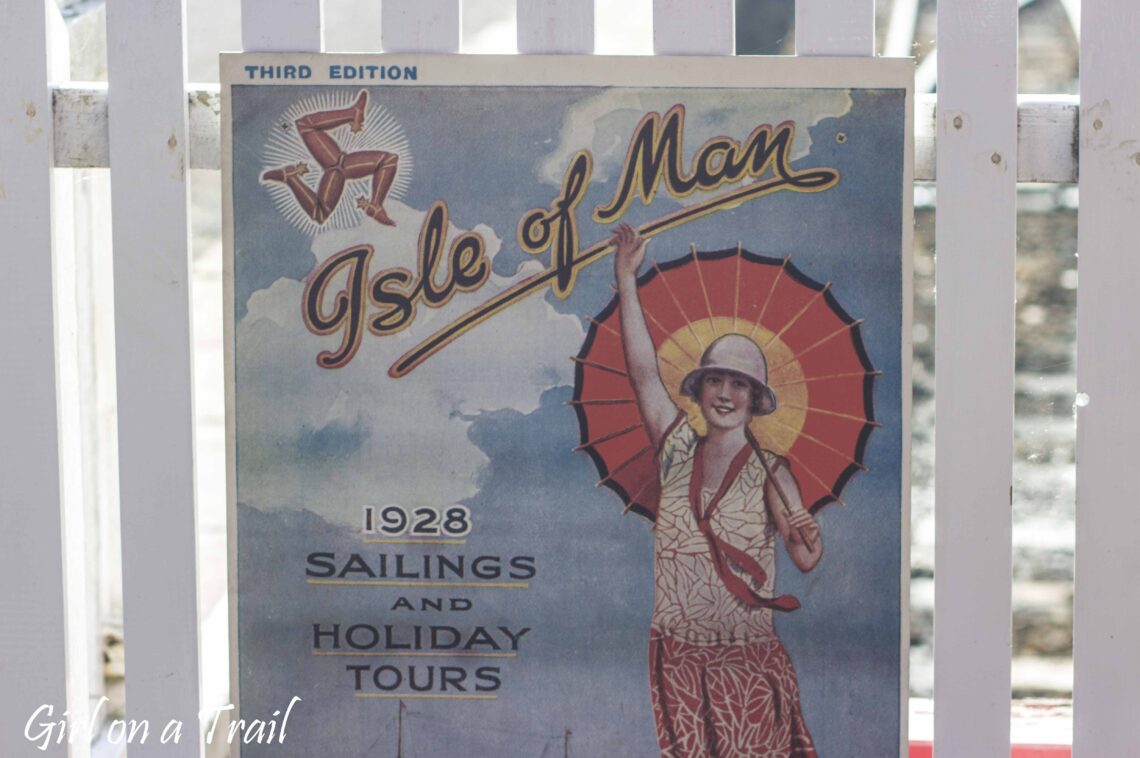
The Isle of Man and seven kingdoms
Contrary to popular belief, the Isle of Man has never been the part of the United Kingdom. It is one of the three Crown Dependencies alongside Jersey and Guernsey. While the UK is responsible for the foreign affairs and defense of these territories, each has its own parliament.
The history of the island dates back to the 6th century BCE when it was colonized by the Celts. Due to its strategic location between Ireland and Great Britain, the island has often been a battleground. Over the centuries, it has been inhabited by Celts, Vikings, Normans, and Scots.

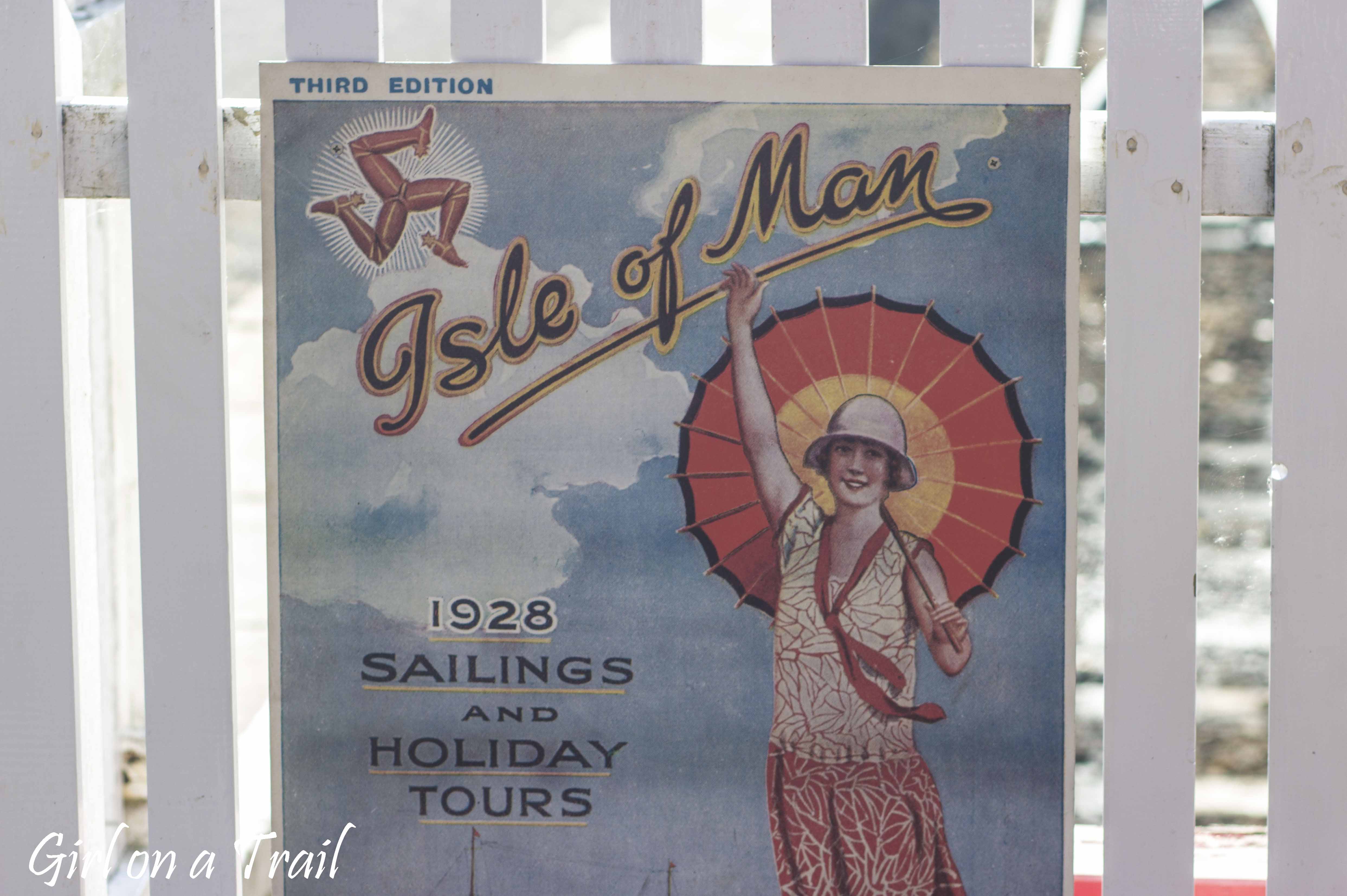
The parliament of the Isle of Man, Tynwald, is over 1,000 years old and is one of the longest continuously running parliaments in the world. The island has its own currency – the Manx pound, though British pounds are also accepted. However, it is important to note that banknotes from the island are not accepted in the UK.
An interesting fact is that the Isle of Man has its own language – Manx Gaelic. Unfortunately, due to the island’s small population, this language is endangered. Currently, only about 2% of the inhabitants speak it. The symbol of the Isle of Man is the triskelion – three legs facing different directions on a red background.
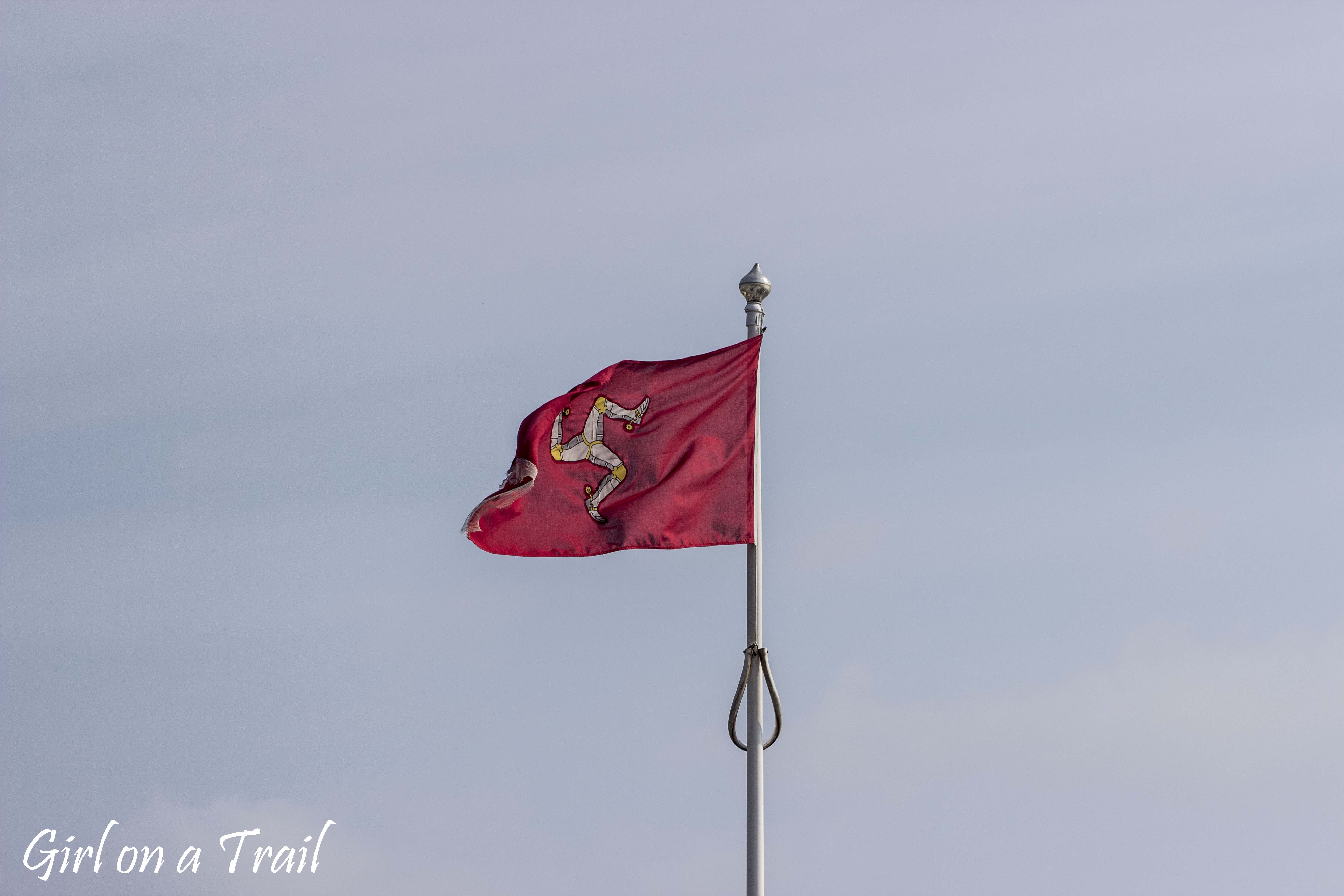
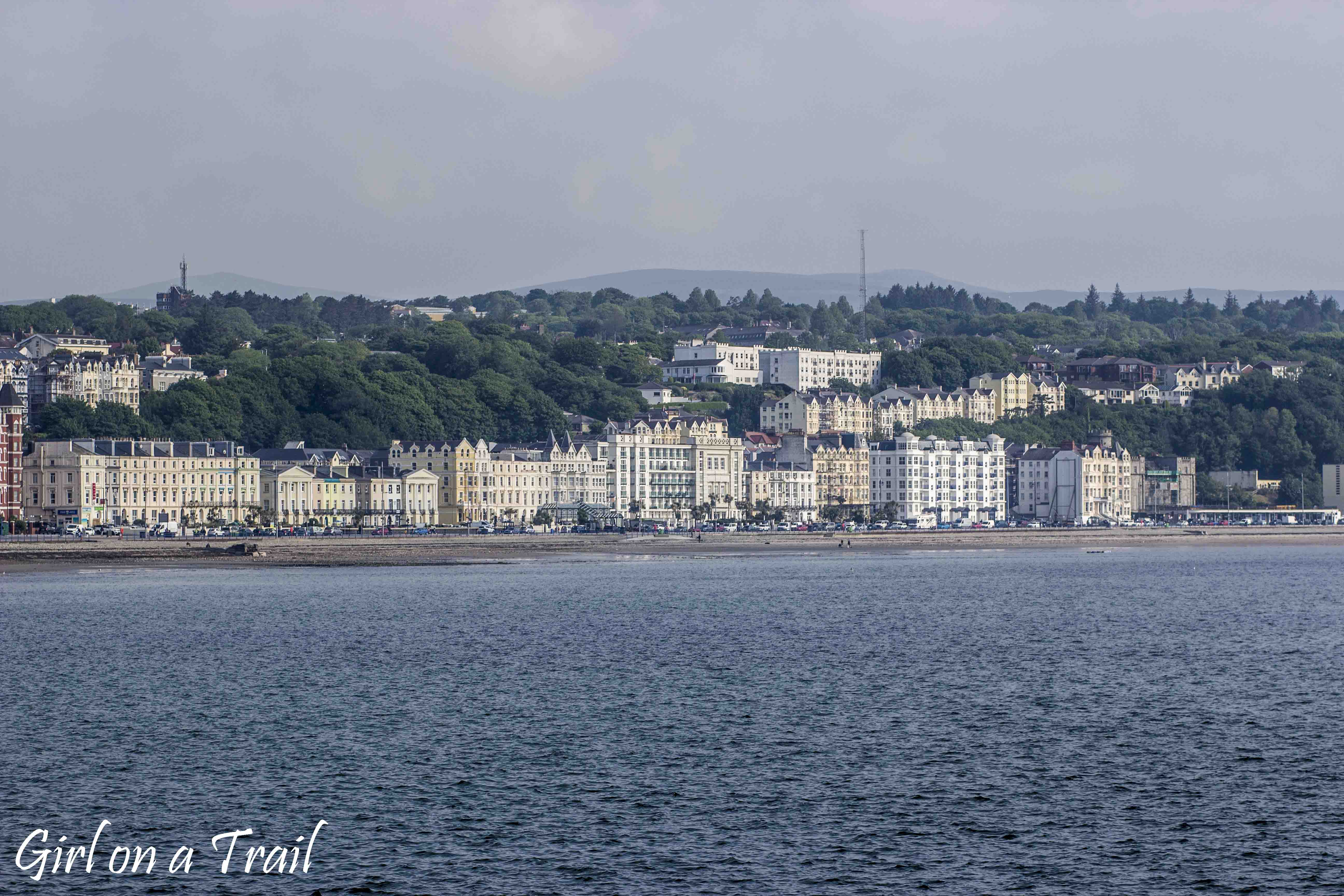
Traveling by the Isle of Man Railways
The best way to explore the Isle of Man is by using its historic railway network. The Isle of Man has three heritage routes: the Northern, the Southern, and the Snaefell Mountain Railway.
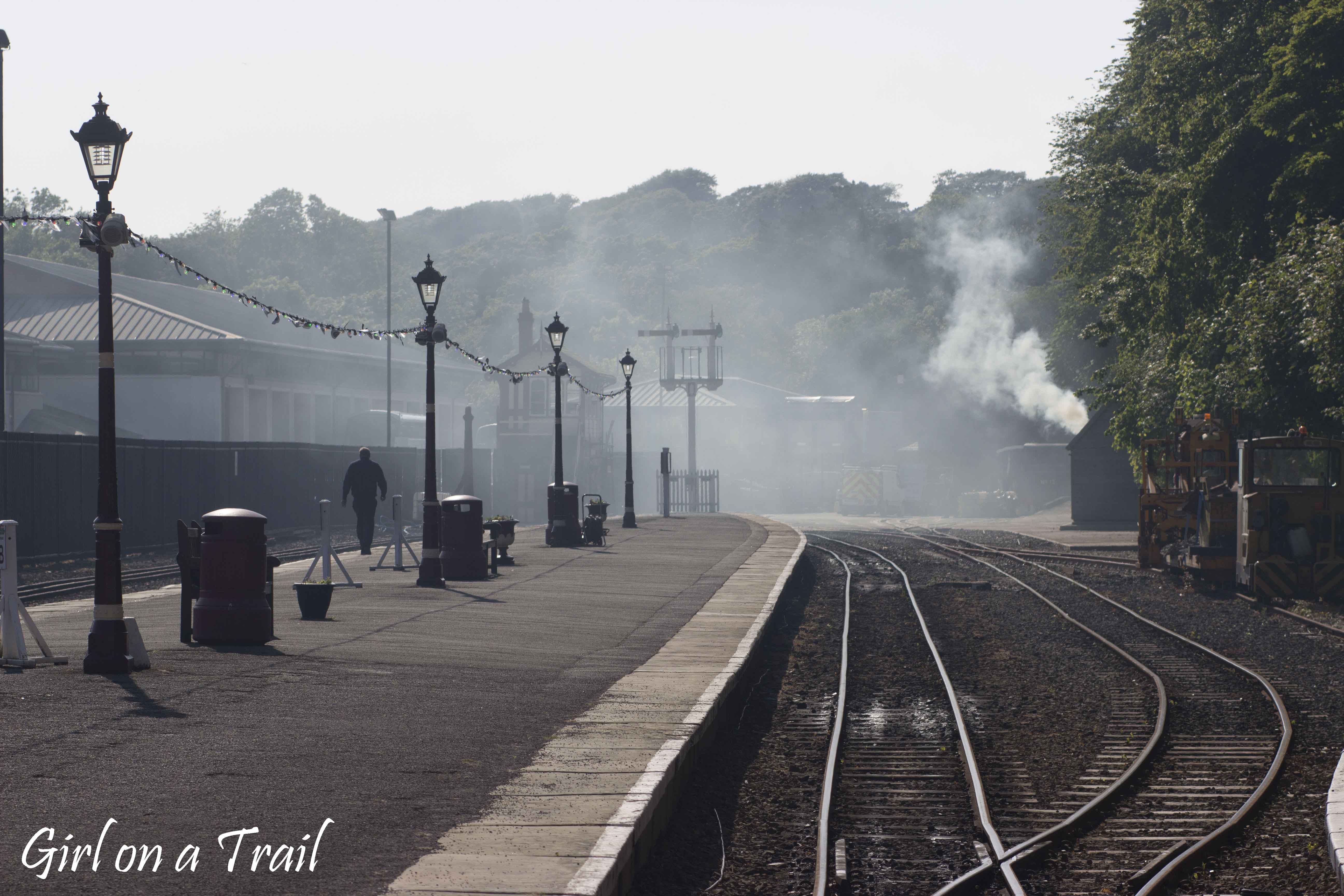
While in the capital, Douglas, to reach the Manx Electric Railway that travels north to Ramsey, it’s most convenient to use the horse tram, which has a stop opposite Villa Marina, located at the northern end of the promenade. The tram stops at Derby Castle, where the first station of the northern railway is located.
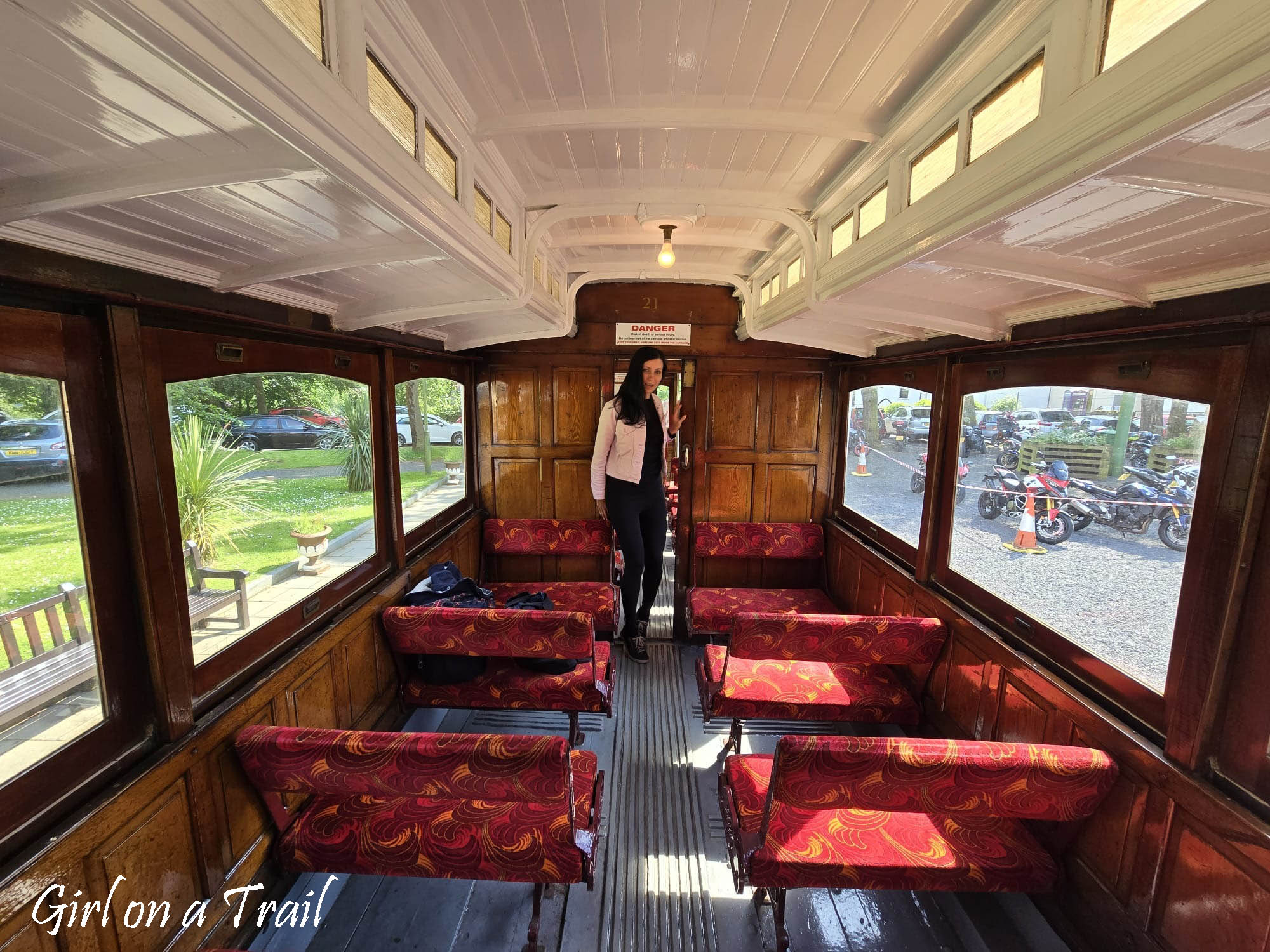
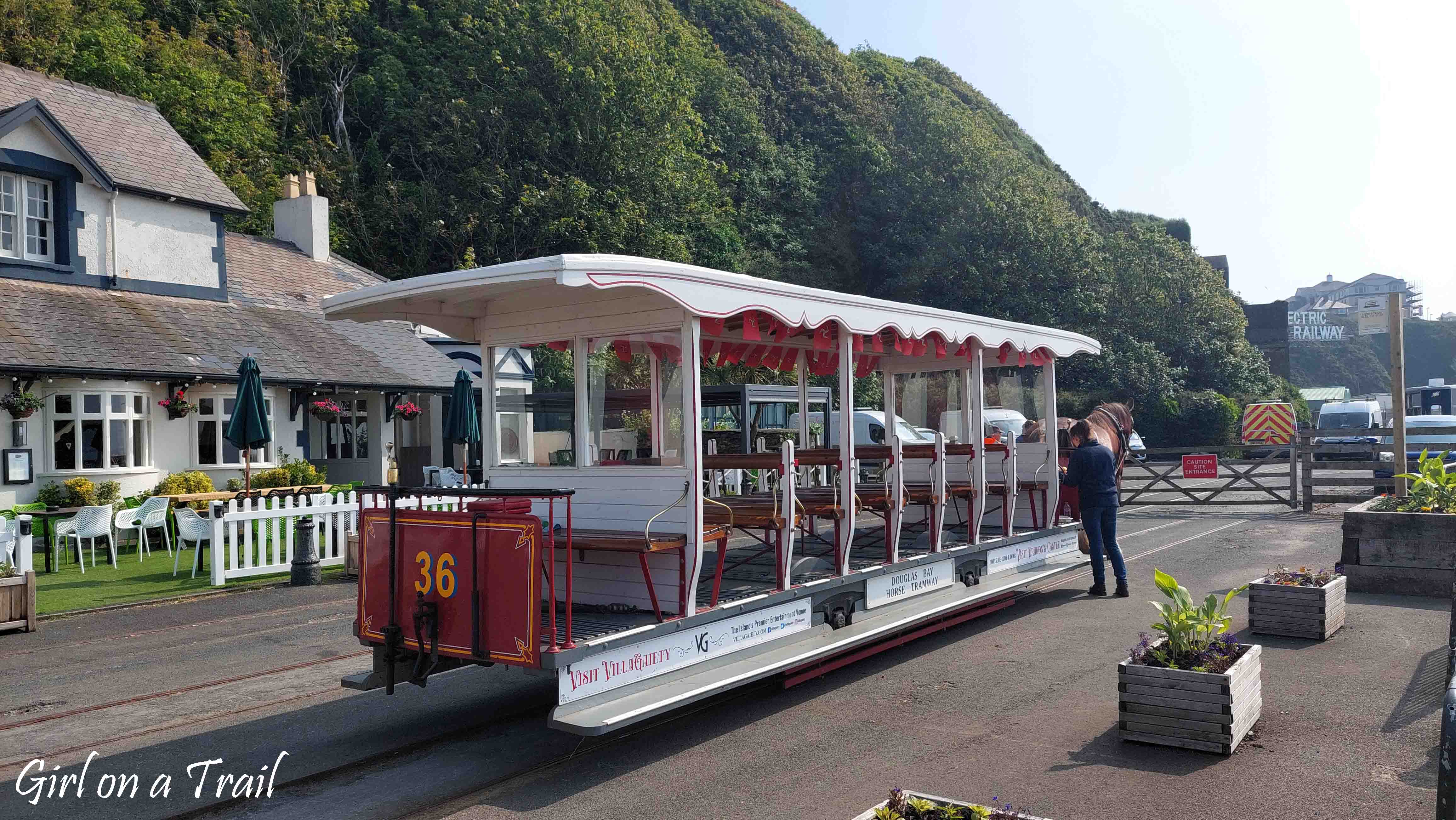
The railway runs right along the coast, offering incredible views of the island from the carriage window.
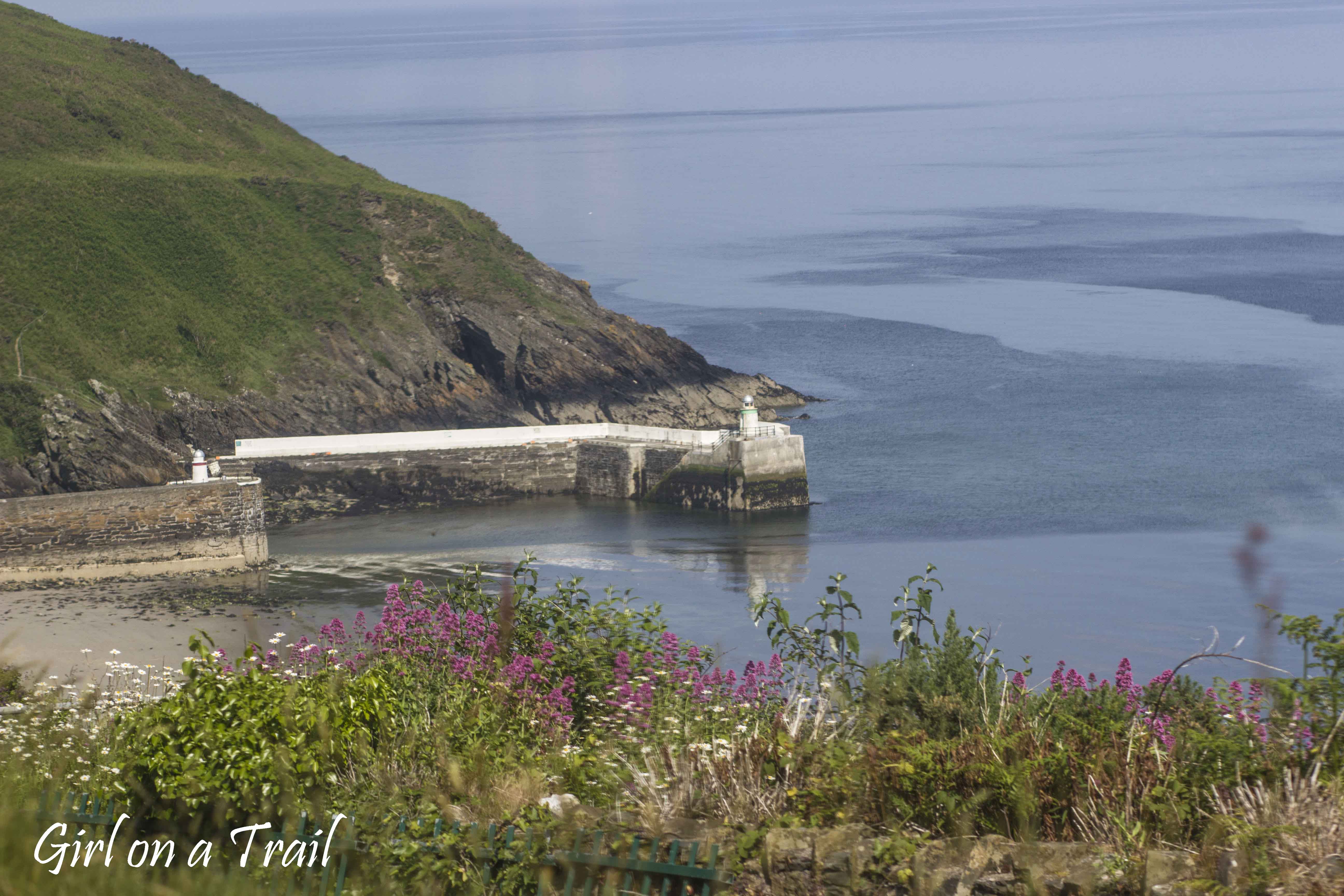
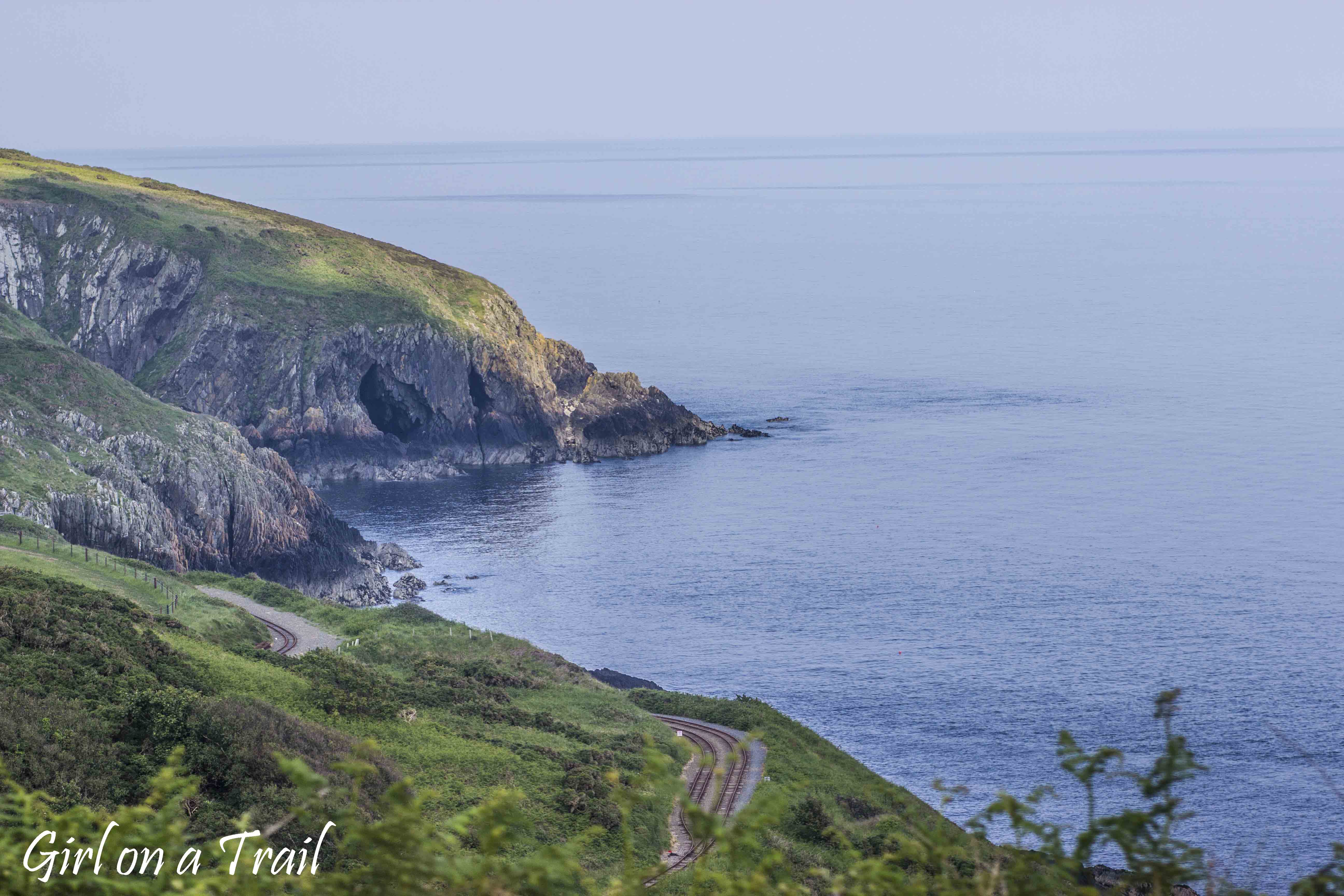
It is worth getting off halfway at Laxey station. In Laxey, you can learn more about the mining history of the area and see the largest working waterwheel in the world – The Laxey Wheel, used for pumping water out of mines. The wheel is also called Lady Isabella and measures 72 feet and 6 inches. Entry costs £13 (for children is free).
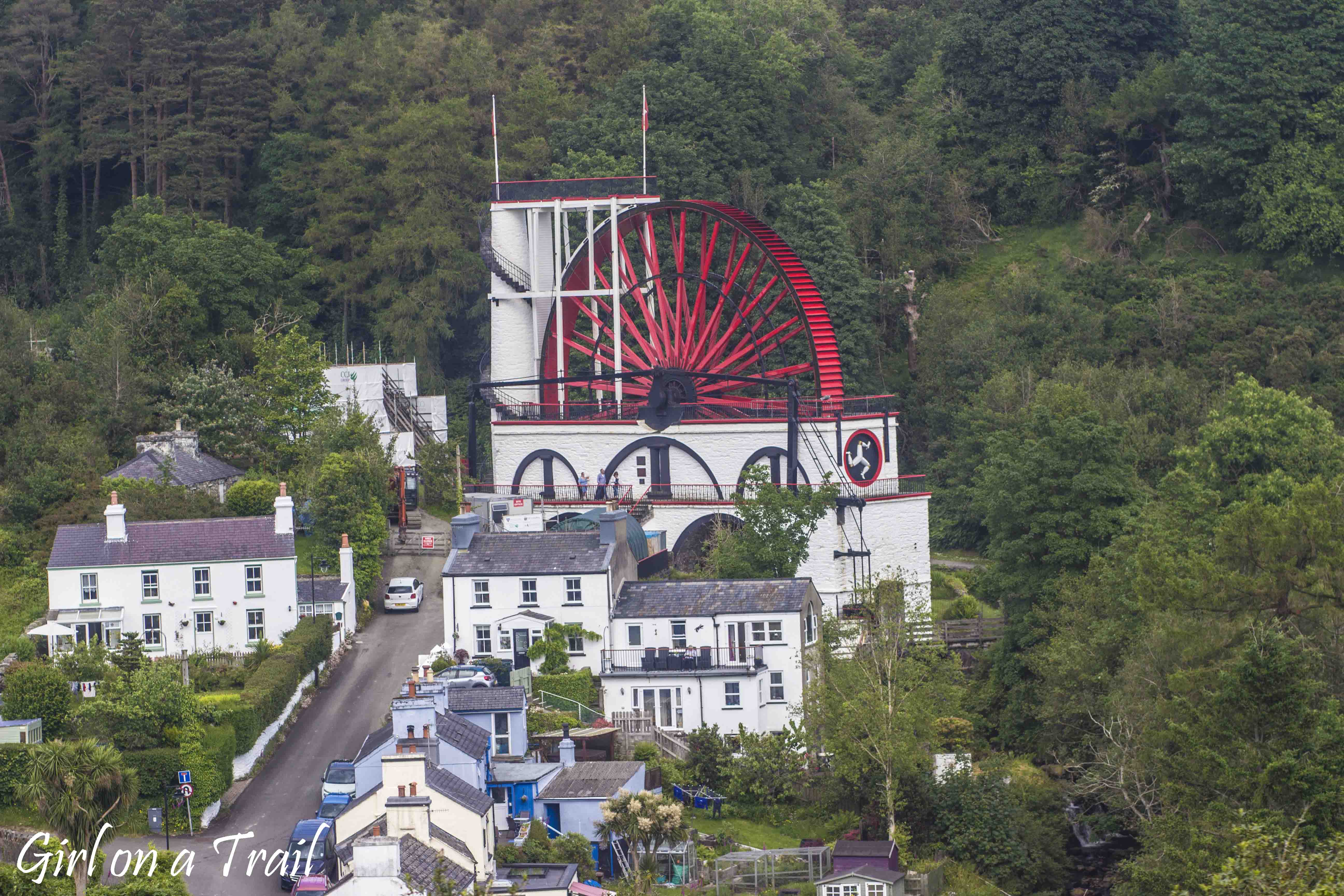
From Laxey station, the Snaefell Mountain Railway departs. This railway takes you to the very top of Snaefell Mountain, which stands at 2,034 feet and is the highest point on the island.
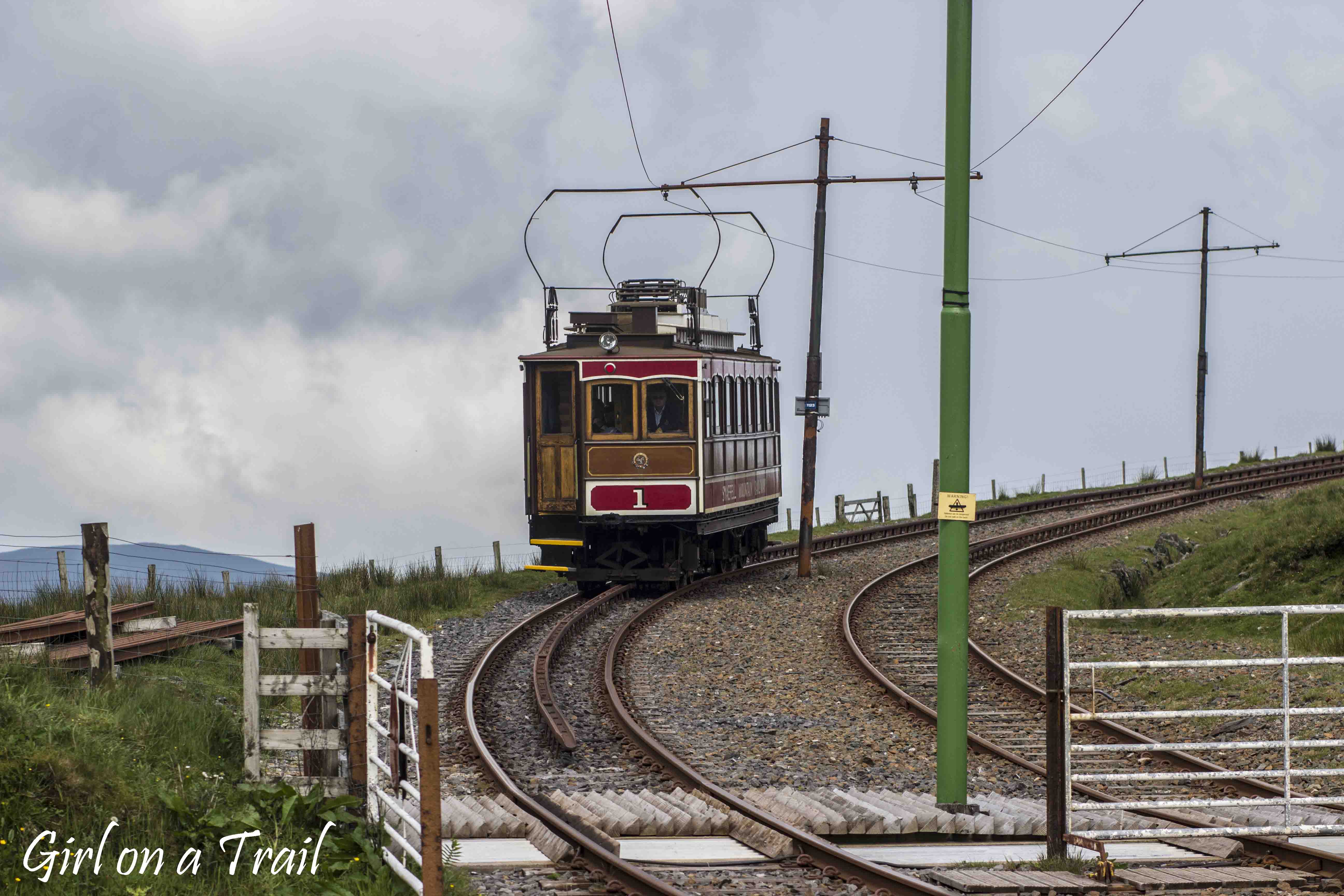
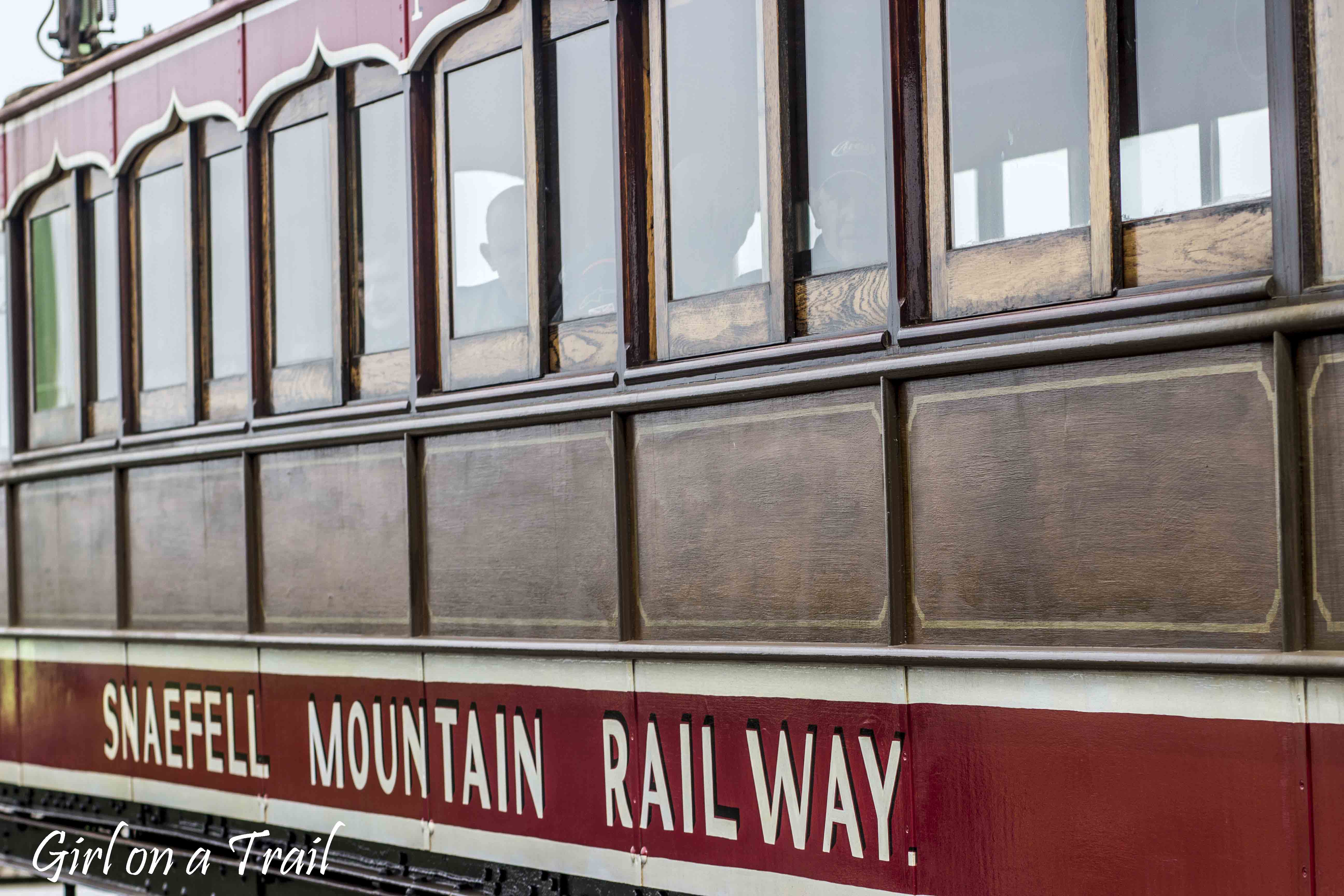
Locals advertise Snaefell’s peak as the only place in the British Isles where you can see “seven kingdoms” – England, Ireland, Scotland, Wales, the Isle of Man, the sky, and the sea.
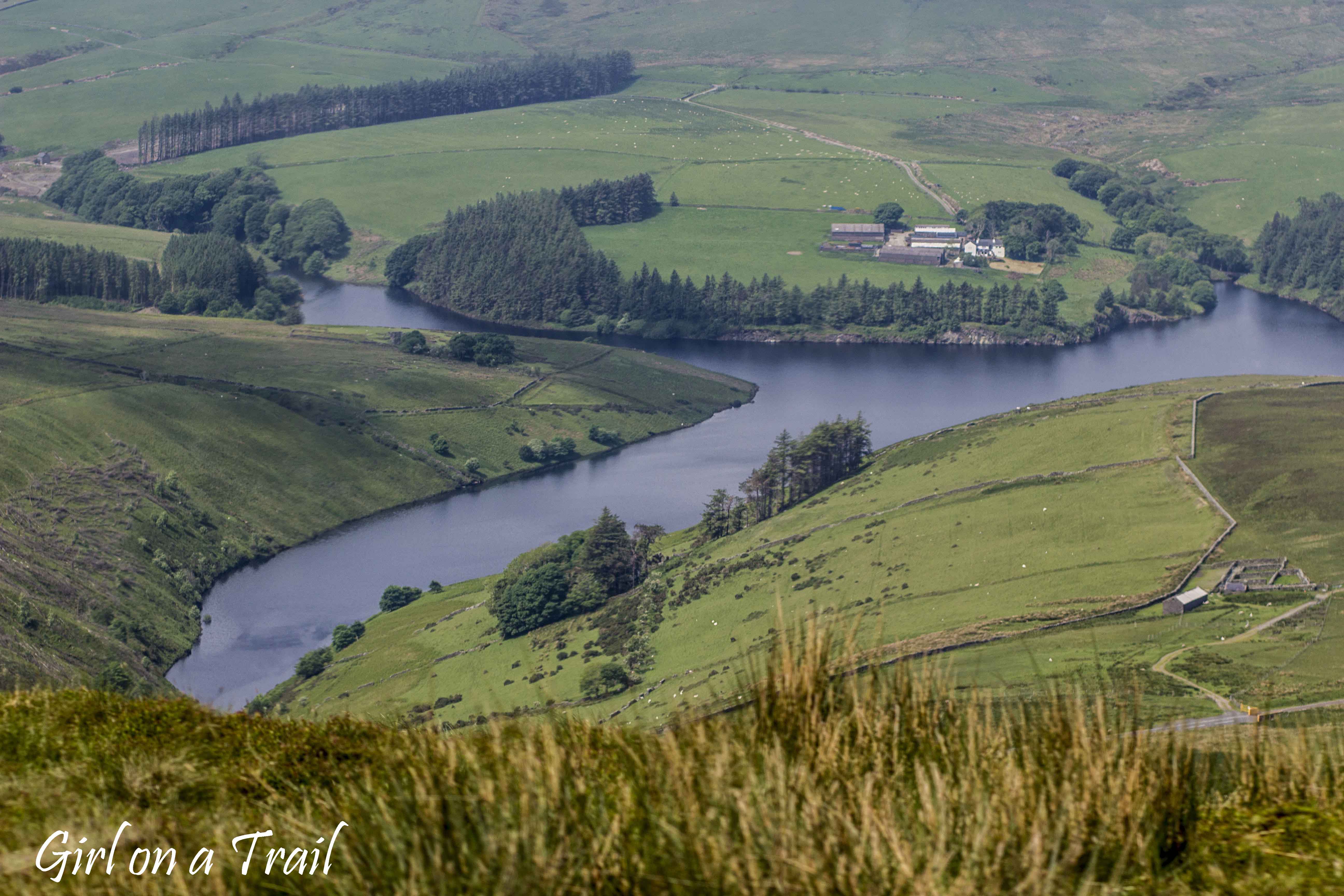
The entire ride takes about 30 minutes, and the views are stunning. A trip with the Snaefell Railway is a good idea during the Isle of Man TT motorcycle race, as the train crosses the race route halfway up the mountain. The Bungalow station and its surroundings offer excellent vantage points for the race. More about the Isle of Man TT can be found here.
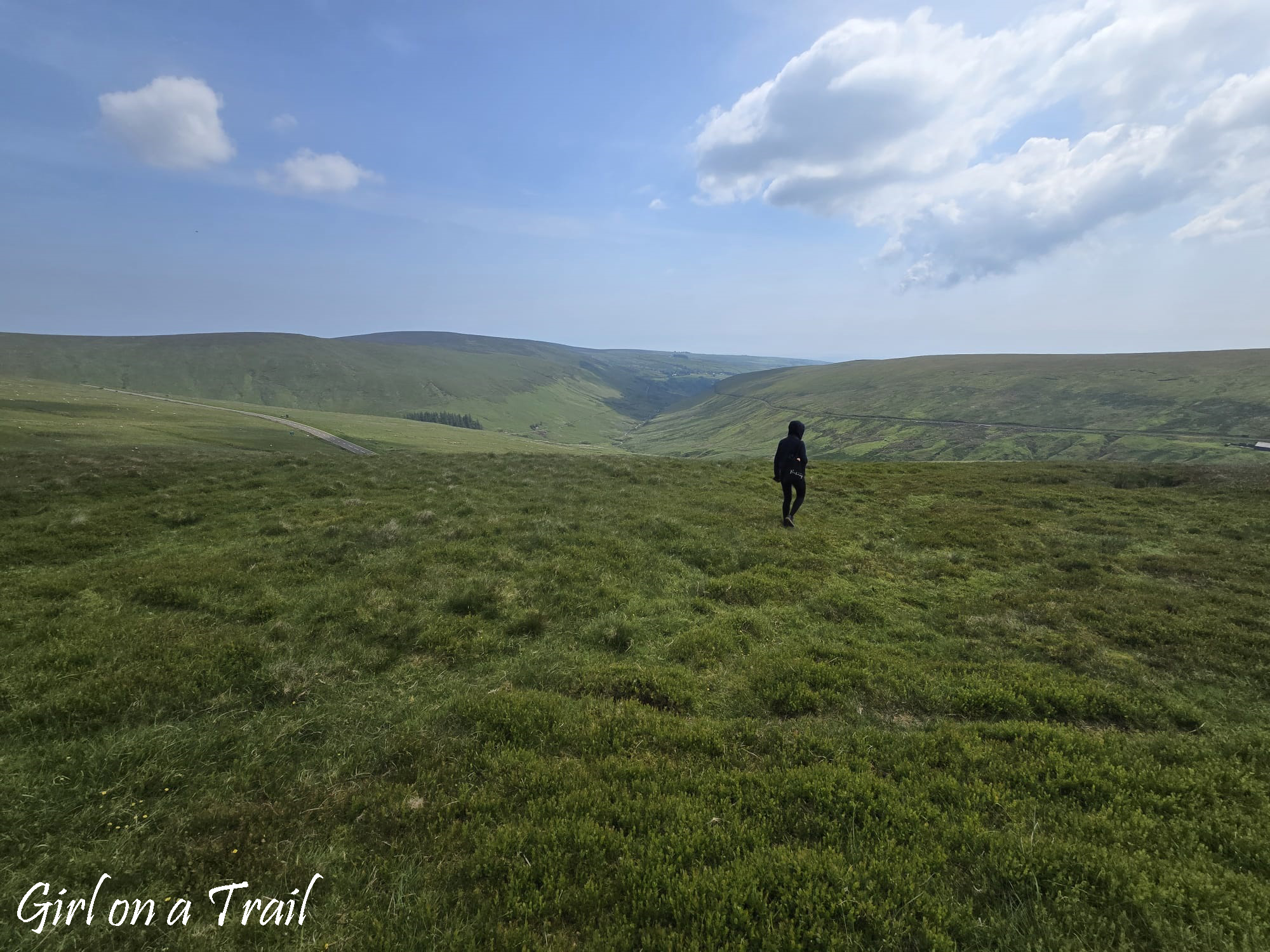
An alternative option is the Steam Railway, a 150-year-old steam train operating in the southern part of the island. The locomotives are equipped with original 19th-century steam engines, and the carriages resemble luxurious salons.

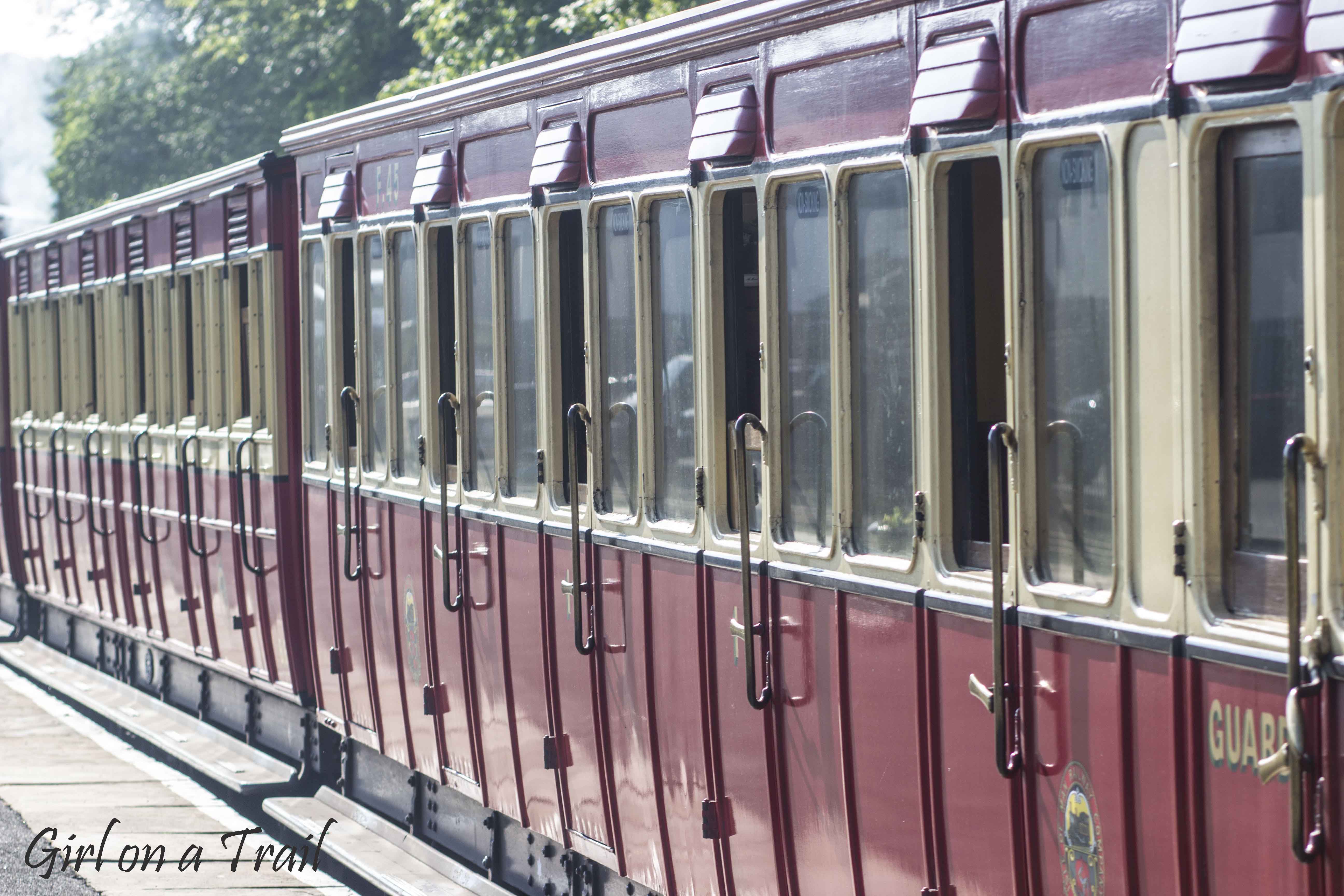
The steam railway departs near the port in Douglas and goes along the picturesque landscapes. On the route, you can visit the medieval Castle Rushen, Castletown – the island’s former capital, and the Railway Museum in Erin.
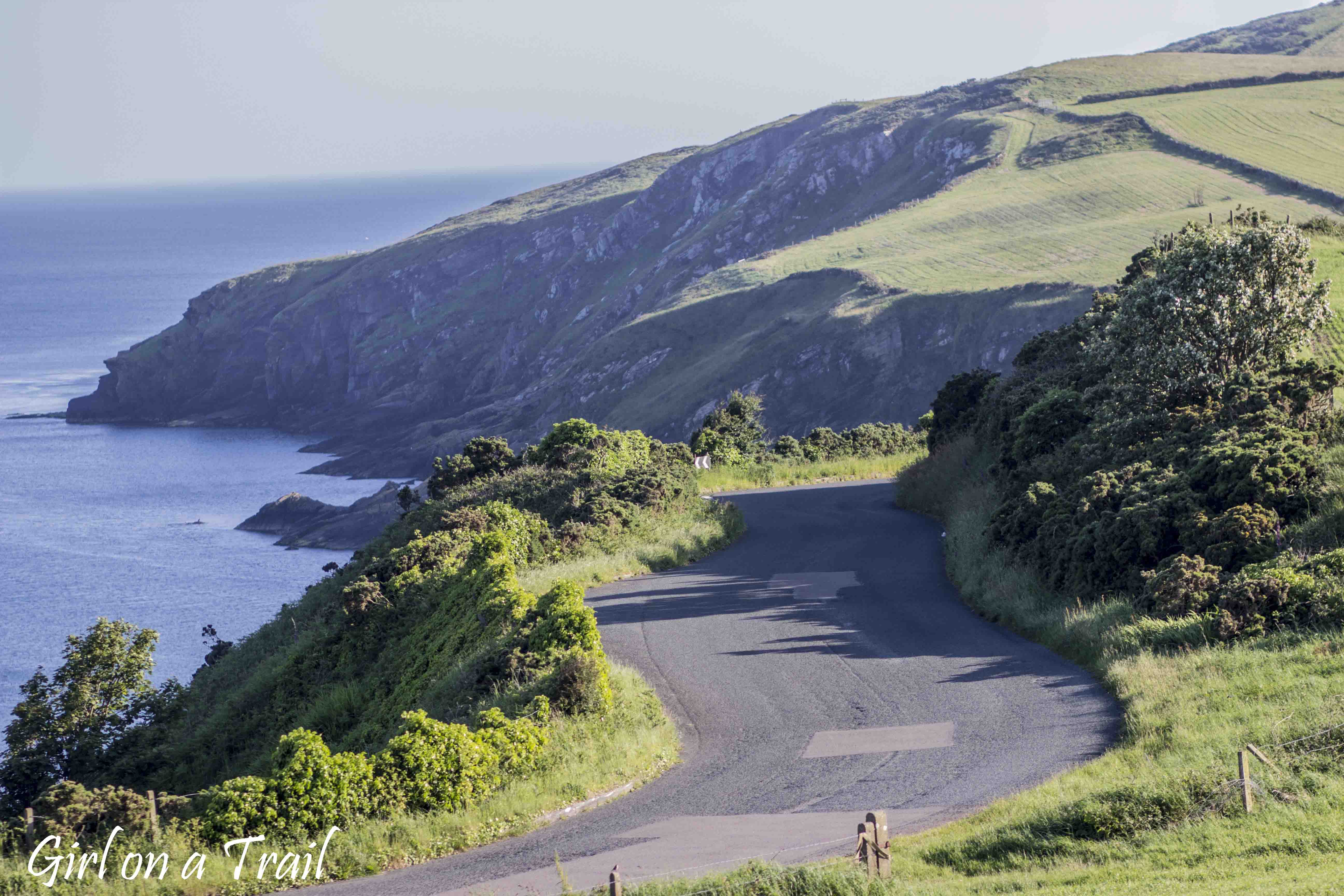
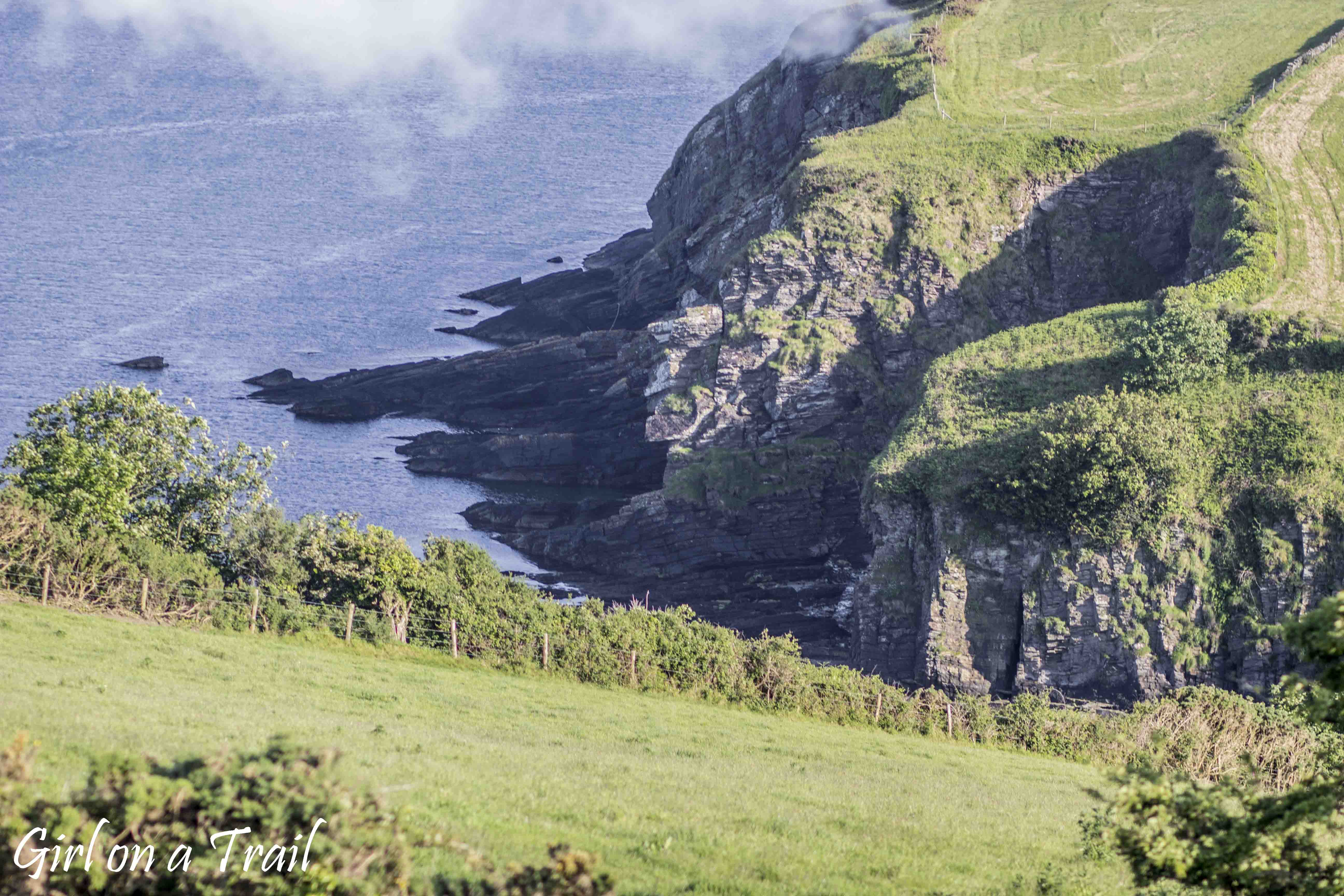
Tickets for each railway can be purchased at the stations. The most cost-effective option is the Go Explore card, covering all modes of transport, including the heritage trains. It can be purchased for 1, 3, 5, or 7 days. A one-day ticket costs £21. More information can be found on this website.
